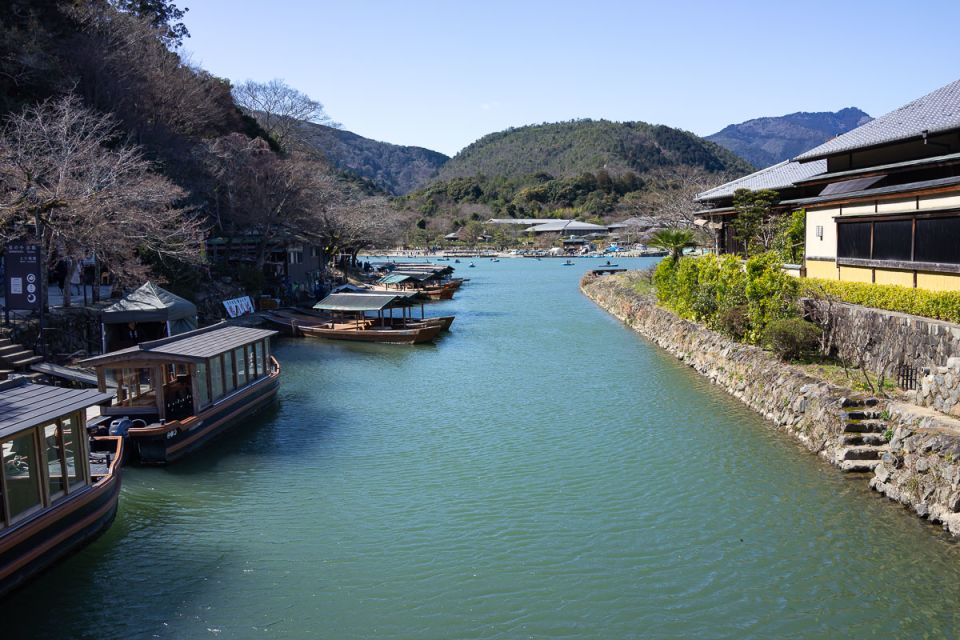Kyoto was Japan's former capital for more than a thousand years, so there is no surprise that it is still a city deeply rooted in culture and tradition. Travelers expecting scenes of a traditional Japan, however, may at first be disappointed. After all, stepping out of Kyoto station and surveying the structures nearby, you are still very much looking at a modern city. But give it a little more time and explore some of the quintessential landmarks, and you too will feel the magic still resonating in the air.

Our first destination was the idyllic district of Arashiyama and I highly recommend anyone visiting Kyoto to not miss this place. While it is a little out of the way, taking us nearly forty minutes via a cramped bus, it was so worth it (it's also reachable via subway/tram if you're not coming straight from the train station). The moment we stepped out of the bus with our luggage in hand, a serene breeze blew past me and I immediately knew that this place was something special. Maybe it was because we were tired from all the traveling, but whatever it was, it formed an everlasting impression on me.
As we made our way through the tiny residential streets toward the main avenue in Arashiyama, it felt so refreshing to see that the sky was void of skyscrapers. We wondered about how calming it must be to live in a suburb in Japan and briefly joked about eventually moving there. Once we arrived at the main river view, the picturesque scene unfolded in front of us as if we just walked straight into a painting. The nooks and crannies of the residential district expanded into an airy, open space full of natural energy. The visuals, the smell of the mountain air, and the sound of the river soothed my soul. We definitely made the right decision to stay overnight in Arashiyama as it ended up being the most relaxing two days of the entire trip.
After Arashiyama, we spent our time exploring other notable places Kyoto had to offer.
One other place in Kyoto that is highly regarded and is at the top of travelers' lists is Kiyomizu-dera. This temple complex was a finalist for the New7Seven Wonders of the World (not a typo). Although it did not ultimately get on the list, it is still quite an architectural marvel. Considering how large and tall the wooden main hall is, it was rather surprising to find out that the entire building was built without the use of a single nail. While we did not manage to catch the sakura in full bloom, the little that we did see and our imagining of a full bloom was enough to make us appreciate the layout of the temple and how the structures balanced against nature. Outside the temple grounds and leading up to the temple itself is a street full of tourist-friendly vendors where you can do some souvenior shopping. Or if you have a sweet tooth like me, you can treat yourself to some dessert from the many confectionaries lined up along the way.
After the hustle and bustle of Tokyo city life, Kyoto was a much-wanted change of pace and such a palate cleanser that I can definitely see myself coming back here during different seasons and taking in the beauty of this city again and again.